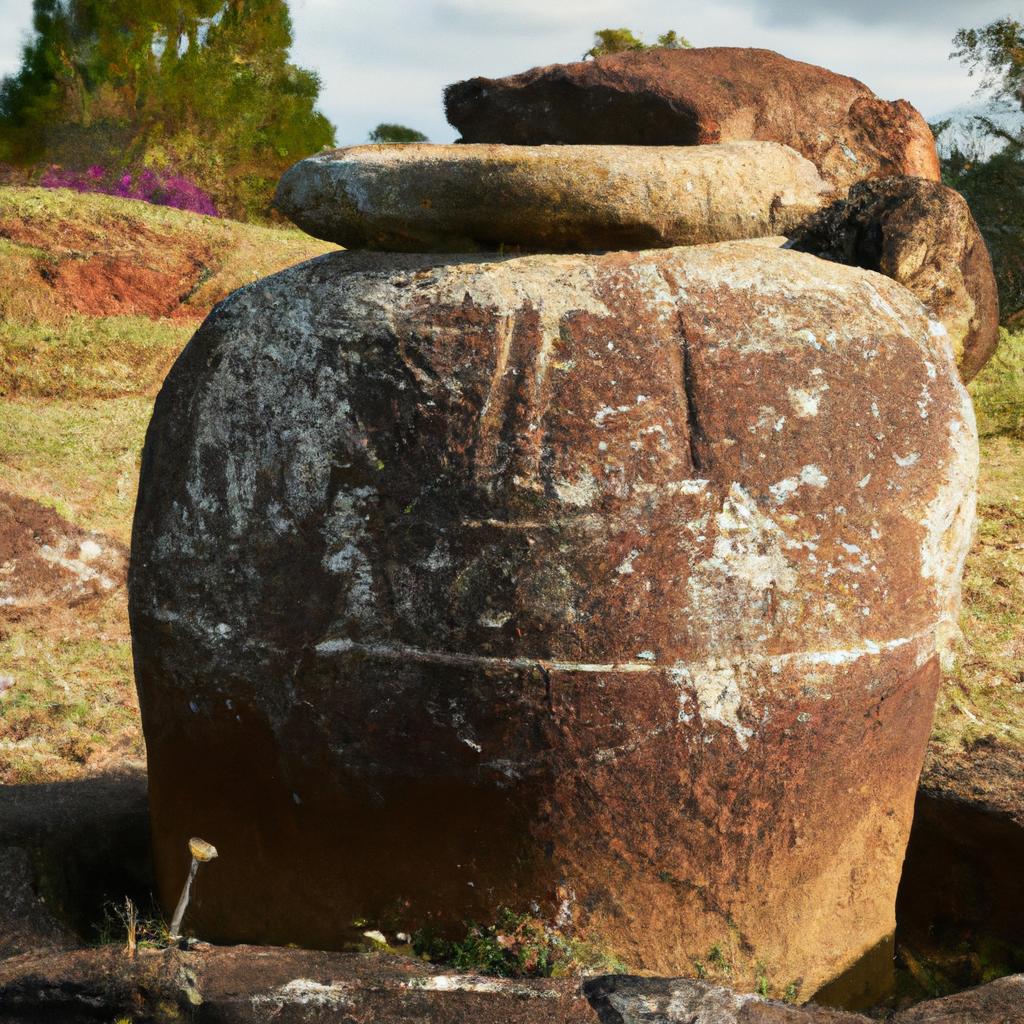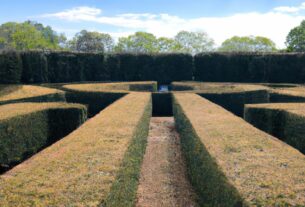The Plain of Jars, situated in the Xieng Khouang province of Laos, is an enigmatic and captivating site. Adorned with clusters of massive ancient stone jars, this place has been shrouded in mystery for centuries. Southeast Asian history enthusiasts and researchers find the historical significance and unresolved enigmas surrounding the site immensely intriguing.
The Plain of Jars boasts over 2,500 jars, some weighing up to six tons, and their exact purpose remains a subject of ongoing speculation. Various theories have emerged, suggesting that the jars were used for burials, food storage, or water preservation.
The historical context of the Plain of Jars is closely linked to Southeast Asian history. Experts believe that these jars were created during the Iron Age, between 500 BC and 500 AD. At that time, the area was part of the influential Kingdom of Laos.
Despite extensive research, the mystery of the Plain of Jars persists. However, continual archaeological investigations have yielded new insights into the site’s history and significance. In the following sections, we will delve into the historical background, theories and speculations, archaeological discoveries, current challenges, and future prospects of the Plain of Jars mystery.
The Plain of Jars: Historical Background
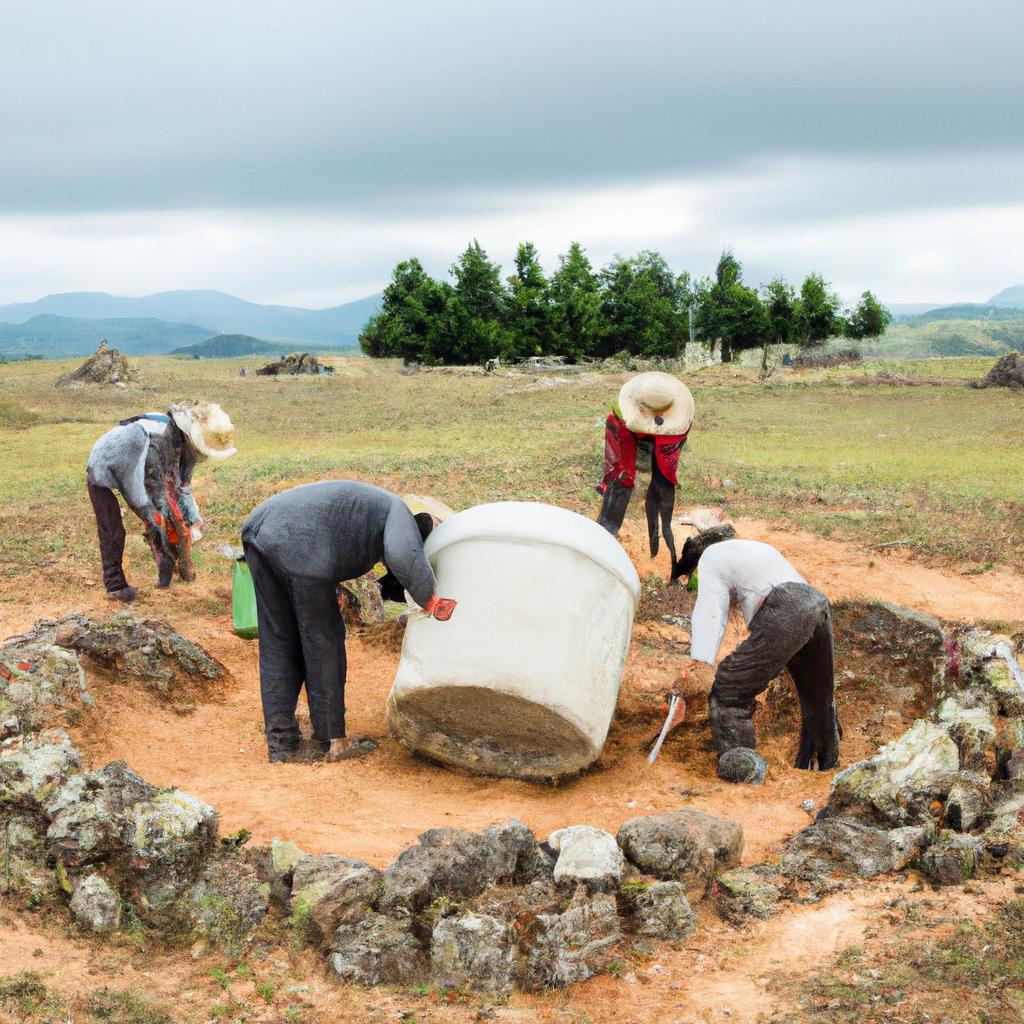
The Origins of the Plain of Jars
The Plain of Jars spans a vast archaeological landscape covering over 2,500 square kilometers. The region is adorned with gigantic stone jars believed to have been carved out of solid rock by the prehistoric inhabitants. Although the techniques employed to create these jars remain a mystery, it is speculated that the ancient craftsmen utilized simple tools like chisels and hammers.
The Historical Significance of the Site
The Plain of Jars holds immense historical significance, serving as a site of cultural and religious importance. Created during the Iron Age, approximately between 500 BC and 500 AD, the jars are remnants of the powerful Kingdom of Laos. They were likely used for a multitude of purposes, including funerary urns, water storage containers, and wine fermenters.
The Mysteries Surrounding the Plain of Jars
Despite extensive research, the true purpose of the jars remains elusive. Some experts propose that the jars were used exclusively for burials, while others believe they served as vessels to store food and water. Additionally, theories suggest the jars may have played a role in ancient rituals or religious ceremonies.
The Plain of Jars continues to captivate researchers and visitors alike with its enigmatic allure. Its historical significance and the unsolved mysteries make it an essential destination for those interested in Southeast Asian history and archaeology.
Theories and Speculations
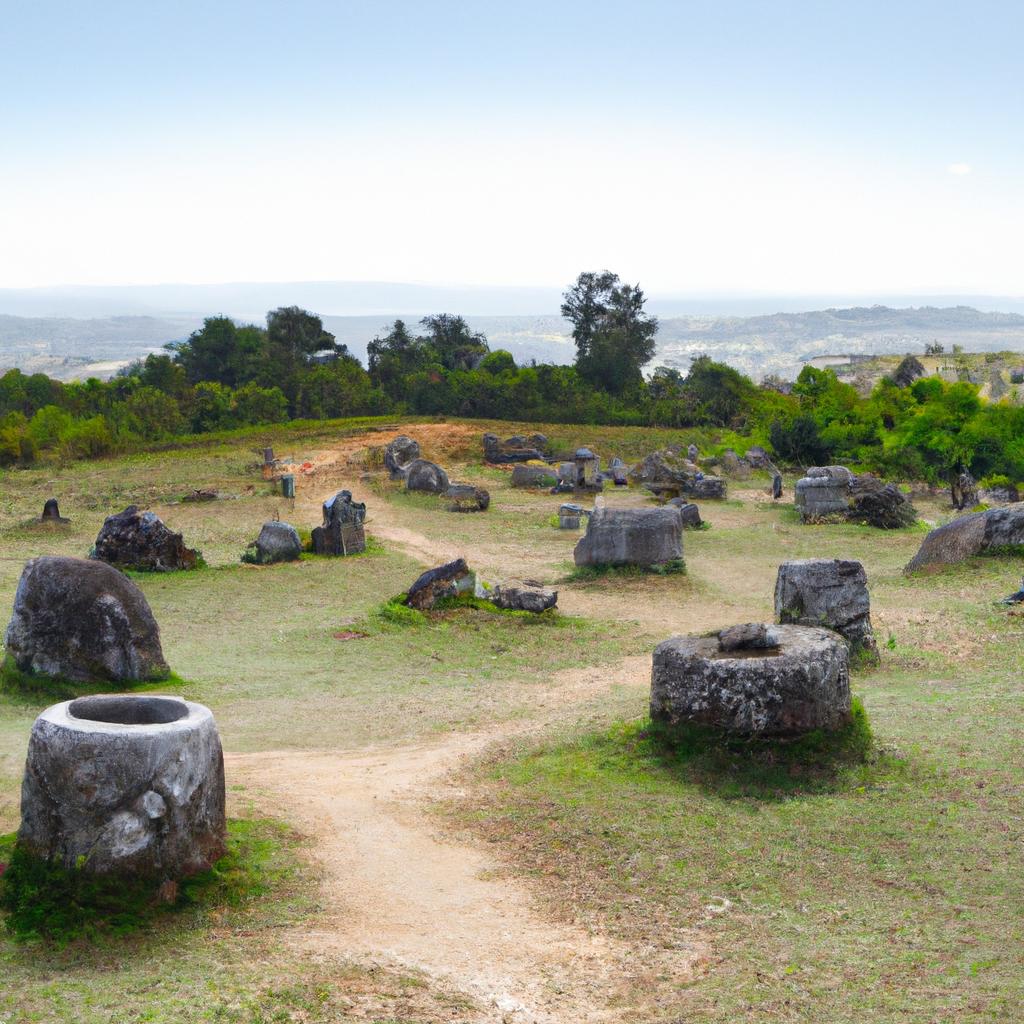
The Plain of Jars has been the subject of numerous theories and speculations over the years, as archaeologists and historians seek to unravel its secrets. Let’s explore some of the most popular theories and potential explanations for the existence of these jars.
Different Theories Surrounding the Plain of Jars
One prevailing theory suggests that the jars were primarily used as burial urns by the ancient inhabitants of the region. Archaeological evidence supports this notion, although the jars’ primary purpose remains uncertain.
Another theory posits that the jars were utilized for the storage of food and water. This hypothesis gains merit from the discovery of traces of food and water remnants within some of the jars. However, given the vast number and size of the jars, it is likely they served a more significant function.
Possible Explanations for the Jars’ Existence
One plausible explanation is that the jars were employed in the brewing and storage of rice wine. This idea gains support from the discovery of rice grains and traces of alcohol within some jars. Moreover, the shape and size of the jars align with those used for brewing and storing rice wine in other parts of Southeast Asia.
Another hypothesis suggests that the jars may have been utilized for astronomical observations. Researchers propose that the jars served as a type of observatory, strategically aligned with specific celestial events.
The Role of the Jars in Southeast Asian Culture and Religion
The exact role of the jars in Southeast Asian culture and religion remains a topic of debate. Some experts believe the jars were involved in spiritual practices and considered sacred, while others argue they were used in ancestor worship, symbolizing the deceased.
The array of theories and speculations surrounding the Plain of Jars offers captivating insight into the site’s history and significance. Although the precise purpose of the jars may remain unknown, ongoing research and discoveries shed new light on this mysterious site.
Archaeological Discoveries
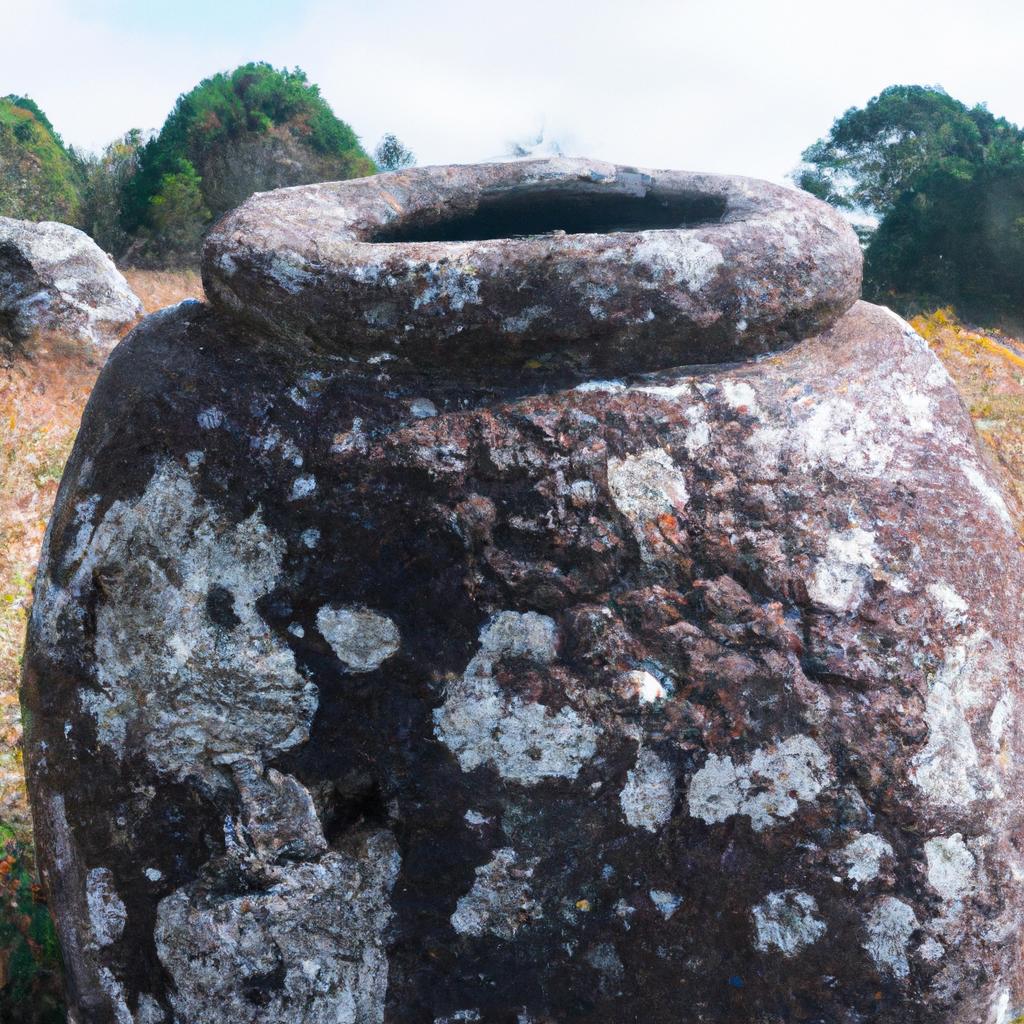
History of Archaeological Research in the Plain of Jars
Archaeological research in the Plain of Jars commenced in the early 20th century when French archaeologist Madeleine Colani conducted the first systematic survey of the site. However, political instability and regional conflicts hindered research for several decades. Not until the 1990s, with the investment of the Lao government and international organizations, did research in the area regain momentum.
Since then, numerous excavations and surveys have taken place, unearthing fresh insights into the site’s history and significance. Today, the Plain of Jars is recognized as a UNESCO World Heritage Site, and ongoing research continues to reveal new discoveries.
Most Significant Discoveries in the Area
One of the most significant discoveries in the Plain of Jars involved finding human remains within some of the jars. These remains, dating back to the Iron Age, provide evidence supporting the burial theory. Other noteworthy findings include ancient pottery, tools, and jewelry discovered in and around the jars.
In 2016, researchers uncovered a large carved stone disc measuring almost 1.2 meters in diameter and weighing over a ton. The purpose of this disc remains a mystery, but some speculate it may have functioned as a lid for one of the larger jars.
Impact of these Discoveries on Our Understanding of the Plain of Jars
The discoveries made in the Plain of Jars have had a profound impact on our understanding of the site’s history and significance. The confirmation of human remains within some jars supports the burial theory, while the discovery of ancient pottery and tools provides insights into the daily lives of the past inhabitants.
Continual research and discoveries within the Plain of Jars shed light on the mysteries surrounding the site. These findings not only enhance our comprehension of Southeast Asian history but also offer valuable insights into the cultural and religious practices of the ancient people who once thrived in the area.
Current Challenges and Future Prospects
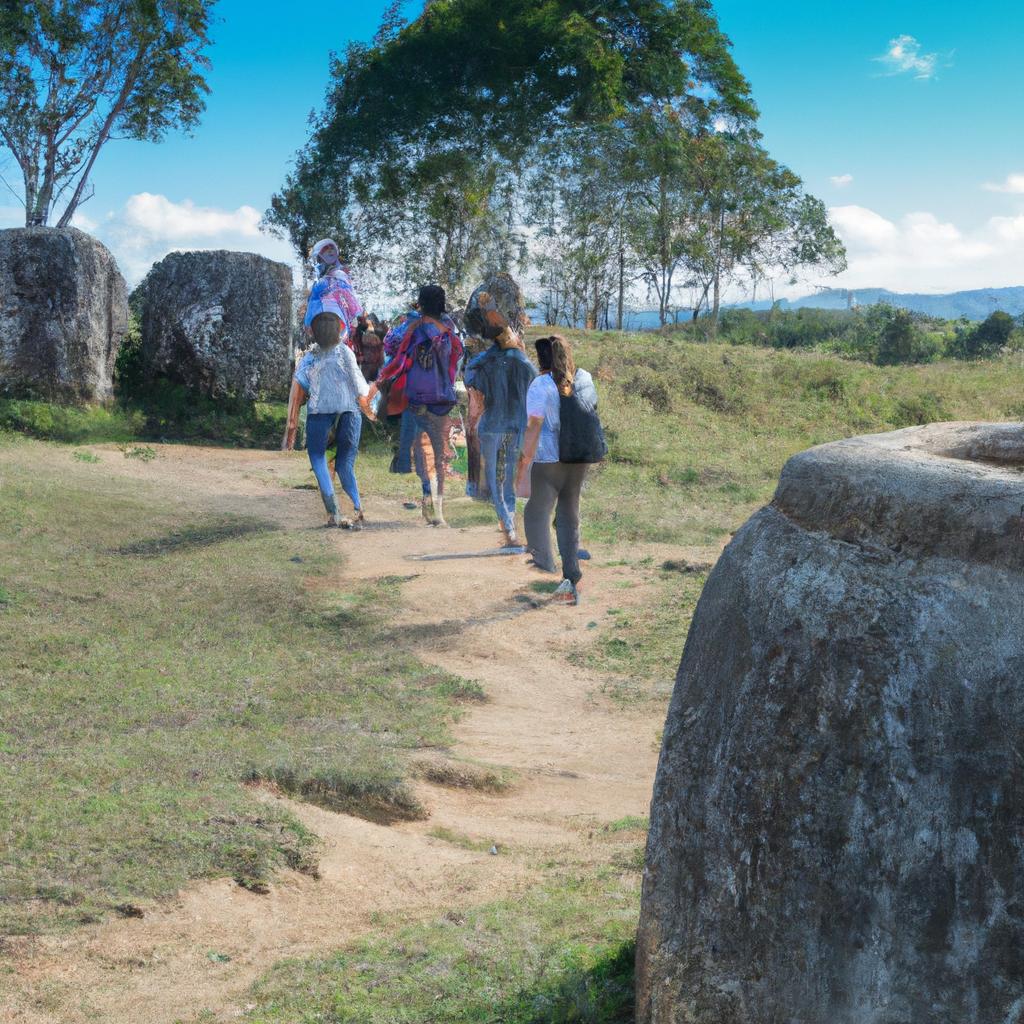
Challenges in Preserving the Plain of Jars
Preserving the Plain of Jars presents significant challenges, chiefly due to human activities. Despite its remote location, the site has suffered damage from farming, logging, and unregulated tourism. Additionally, military activities during the Vietnam War caused substantial harm to the jars and other archaeological remnants.
Insufficient resources also hinder the preservation and protection of the site. While the Laotian government has taken steps to address this issue, further funding and resources are required to ensure the site’s long-term preservation.
Ongoing Efforts to Conserve and Protect the Site
Despite the challenges, ongoing efforts are underway to conserve and protect the Plain of Jars. The Laotian government has established a national park in the area, and UNESCO has granted it World Heritage Site status. These designations raise awareness of the site’s significance and promote its preservation.
Local communities are also actively engaged in safeguarding the site. The Phonsavanh Tourism Office has established a cultural center to educate visitors on the site’s history and importance. The center supports local businesses and advocates for sustainable tourism practices.
Potential for Further Discoveries and Research in the Area
The Plain of Jars remains a captivating site for archaeologists and historians, offering the potential for further discoveries and research. Advanced technologies, like LiDAR (Light Detection and Ranging), are being employed to map the area and identify previously unknown archaeological features.
The ongoing research and discoveries within the Plain of Jars present exciting prospects for gaining new insights into Southeast Asian history and culture. However, continuous efforts are necessary to ensure the preservation and protection of the site, ensuring future generations can explore and appreciate its uniqueness.
Conclusion
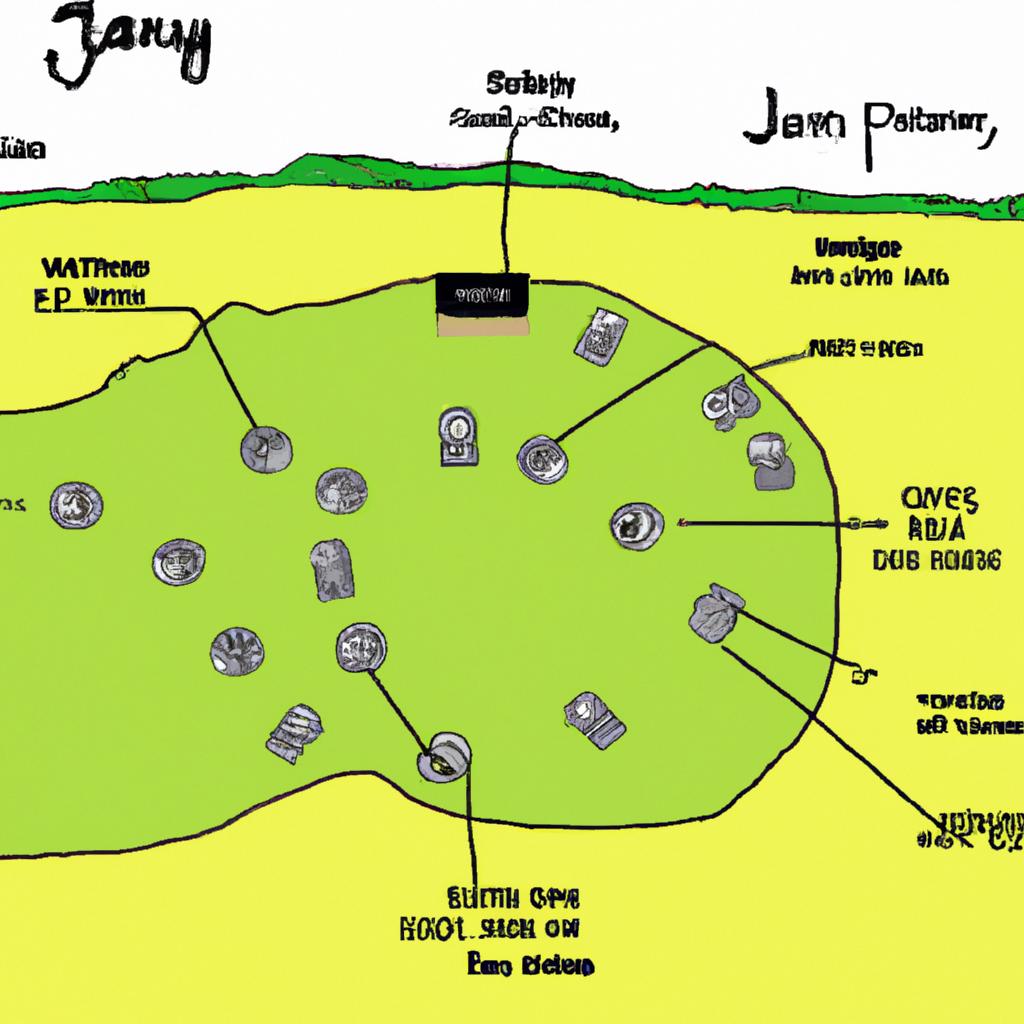
In conclusion, the Plain of Jars remains one of the most captivating and mysterious archaeological sites in Southeast Asia. The enigmatic stone jars and their elusive purpose continue to ignite the imagination of researchers and enthusiasts worldwide.
The historical significance of the Plain of Jars to Southeast Asian history is immeasurable. The site offers valuable insights into the Iron Age and the Kingdom of Laos, shedding light on the cultural and religious practices of that era.
Nevertheless, the Plain of Jars faces numerous challenges, including the need for preservation and protection. Ongoing efforts to conserve the site and its surrounding environment are crucial to ensure that future generations can explore and learn from this extraordinary and significant site.
At TooLacks, we are committed to bringing you the latest news and information on all things nature, gardening, and animals. We hope that this article has provided you with valuable insights into the Plain of Jars mystery and its place in Southeast Asian history.
Sources:
